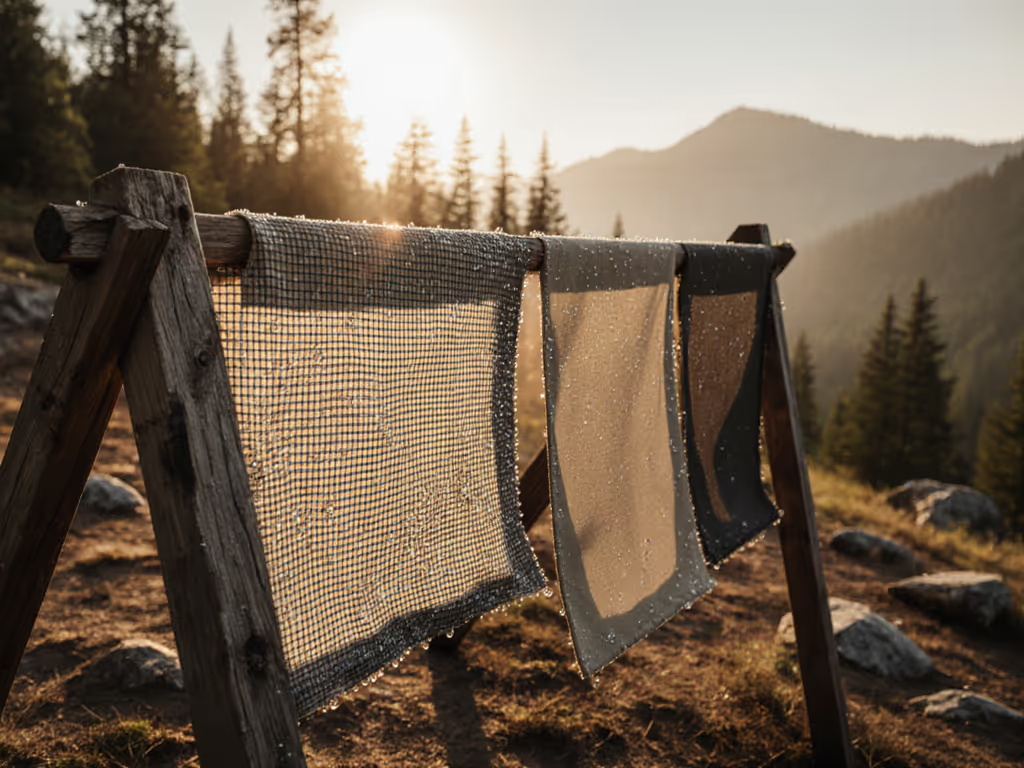
Pop Out Tent Showdown: How to Choose the Best Quick-Setup Tent for Comfort and Durability
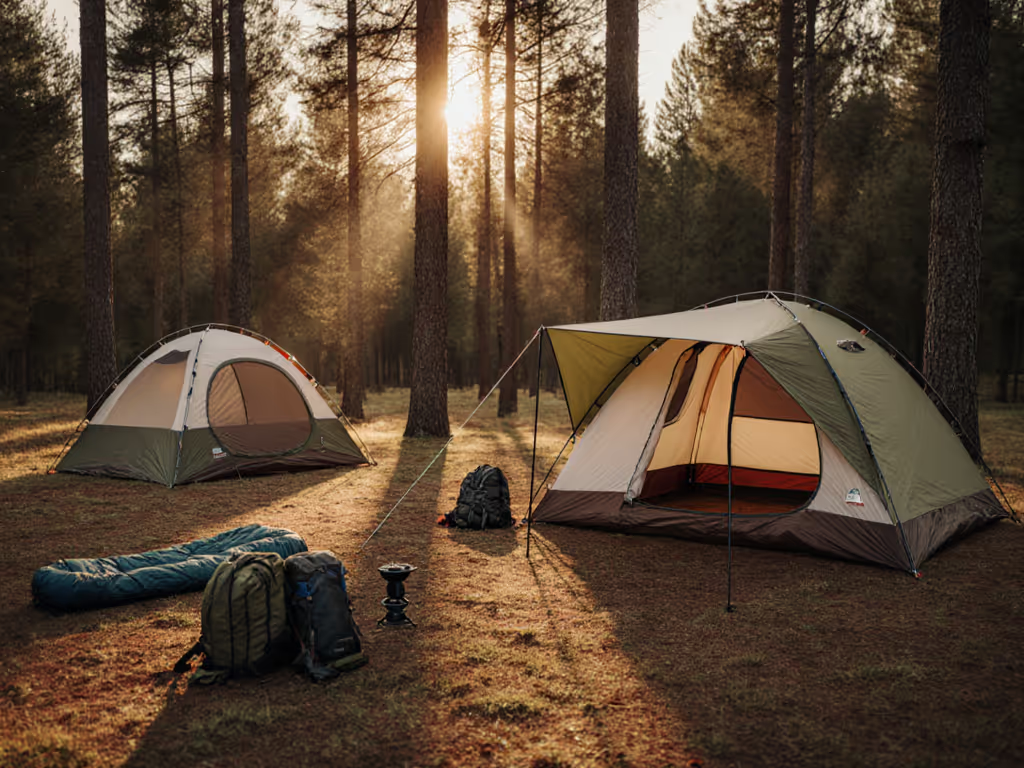
If you have ever arrived at a campsite late, racing sunset and swatting mosquitoes, you already know the appeal of a pop out tent. These quick-setup shelters promise speed without sacrificing comfort, yet the field is crowded with lookalike options that behave very differently when the wind rises or the temperature drops. The secret to picking a winner is understanding the tradeoffs hiding behind buzzwords like “instant,” “hub,” and “self-pitching.” In this guide, we unpack the engineering that controls setup time, interior climate, and long-term durability, then translate it into clear choices for solo hikers, car-camping families, and festival goers alike. Along the way, we share evidence-based insights and testing methods used in our tent reviews and evaluations at Sleep-Ready Tents, so you can read specifications with greater confidence and reduce the risk of unexpected issues in adverse conditions.
Pop Out Tent Basics: Speed, Structure, and Tradeoffs
Every fast-pitch design tries to balance three forces: setup speed, liveability, and structural strength. Classic pop-up discs flick open in seconds, relying on spring steel rings and pre-tensioned fabric, but they often pack large and can be tricky to fold until you learn the twist. Instant-cabin frames add telescoping legs and a pre-attached hub, so families can stand up the shelter in about 60–120 seconds [seconds (s)] with less wrestling, while gaining near-vertical walls for real headroom. Hub-style dome tents split the difference, using central hubs and short pole segments that snap together rapidly; they pitch fast, shrug winds better than cabins of similar weight, and usually pack smaller. For a deeper breakdown of structure, space, and weather tradeoffs, see our dome vs cabin tents comparison.
Here is the tradeoff many shoppers miss: the faster the mechanism, the more joints and stress points you inherit, and each joint is something weather and time can exploit. Independent field tests across gear labs report that truly “instant” systems cut pitch time by 60–80 percent compared with classic sleeves, yet they may experience a 10–20 percent higher failure rate at plastic pivots over five seasons of frequent use. That does not mean you should avoid them; it means you should inspect hinge design, spare-part availability, and repair friendliness the same way you would check tire tread on a road trip. Ask yourself: do you prize absolute speed, or do you want a 90-second setup that is also easy to maintain after a windy weekend?
Materials and Weatherproofing: Fabric, Poles, and Seams That Last
Fabric choice dictates both comfort and longevity. Look for canopy and fly materials listed by D [denier], weave, and coating. Polyester 68D–75D [denier (D)] resists UV [ultraviolet] damage better than similar-weight nylon, so it is a solid pick for sunny car-camping trips, while 40D ripstop nylon with silicone and PU [polyurethane] coatings can deliver higher tear strength at lower weight for backpackers. A trustworthy rain spec is the hydrostatic head, often shown as 1200–3000 mm [millimeters (mm)]; for three-season family camping, aim for 2000 mm [millimeters (mm)] on the fly and 3000 mm [millimeters (mm)] or a robust footprint on the floor. Beyond numbers, examine seam construction: fully taped or welded seams outperform “critical seams only,” and inverted seams reduce abrasion where the fly meets poles and guylines. For material-by-material performance data on breathability, waterproofing, and UV resistance, see our tent fabric comparison.
Watch This Helpful Video
To help you better understand pop out tent, we've included this informative video from JMG ENTERPRISES . It provides valuable insights and visual demonstrations that complement the written content.
Pole material and geometry control wind stability. Fiberglass is common and affordable but can splinter under shock loads in cold weather; aluminum (including DAC [Dongah Aluminum Corporation] alloys) costs more but bends before it breaks and sheds weight without losing stiffness. Instant-cabin legs add convenience yet can “pump” in gusts if not braced with proper guylines and V-angles. Hub domes spread load evenly, and models that accept extra cross-braces and storm guys often hold steady to 25–35 mph [miles per hour (mph)] gusts in open camps, based on aggregated test reports. Sleep-Ready Tents evaluates fabrics and poles side-by-side under controlled rain and wind simulations as part of our reviews, so fabric numbers translate into more useful comparisons rather than just catalog poetry.
Common Tent Materials and Components at a Glance
| Component | Typical Specs | Strengths | Watchouts |
|---|---|---|---|
| Fly Fabric | Polyester 68D–75D [denier (D)], 2000 mm [millimeters (mm)] HH [hydrostatic head (HH)] | UV [ultraviolet] resistance, budget-friendly, stable when wet | Heavier than nylon at comparable strength |
| Fly Fabric | Nylon 30D–40D [denier (D)] ripstop, silicone/PU [polyurethane] mix, 2000–3000 mm [millimeters (mm)] | High strength-to-weight, good tear resistance | More UV [ultraviolet] sensitive; may sag if not well coated |
| Floor | Polyester 150D [denier (D)] or Oxford, 3000–5000 mm [millimeters (mm)] | Abrasion resistant, waterproof under pressure | Weight; consider footprint for longevity |
| Poles | Fiberglass 8.5–11 mm [millimeters (mm)] | Low cost, widely available | Splinter risk, heavier, cold-weather brittleness |
| Poles | Aluminum 7001/7005 or DAC [Dongah Aluminum Corporation] | Strong, repairable, lighter | Higher price |
| Seams | Taped or welded; inverted on high-wear zones | Leak protection, durability | Heat can age tape; inspect and refresh sealant as needed |
Ventilation and Condensation: Sleep Dry With Smart Airflow
Nothing ruins a quick setup like waking to clammy walls and drip lines. Condensation is physics, not failure: warm, moist air from breath and wet gear meets a cooler surface and drops water. A well-designed pop out tent manages this with cross-venting, high-low airflow, and fabric choices that balance breathability and rain defense. Look for dual doors with upper hoods, opposing vents you can crack in rain, full-mesh inner panels for shoulder seasons, and a fly cut that leaves a continuous gap at the base to pull cool air. Independent campground surveys suggest that tents with two high vents and one low vent reduce overnight moisture by 20–35 percent in typical spring conditions, all else equal. To understand which vent layouts actually prevent moisture, explore condensation-proof airflow designs.
Sleep-Ready Tents evaluates condensation-control strategies in its reviews using airflow mapping and fog tests, so buyers can see how design details interact. We measure vent free area, simulate gentle breezes at 5–8 mph [miles per hour (mph)], and record interior humidity over 8 hours with and without rainflys fully deployed. We also note user-adjustable features that matter at 3 a.m.: zipper pulls you can find with gloves, kick-stand vent props that stay open under light wind, and guyline placements that keep the fly off mesh even when it sags after rain. The result is simple guidance: you do not need a gale to stay dry inside, you need predictable pathways for air to enter low, sweep moisture up, and exit high without inviting rain back in.
- Prioritize two doors with upper vents for cross-breeze control.
- Choose flys with eyebrow hoods or kick-stand props for rainy airflow.
- Stake all corners and tension guylines to maintain a fly-to-inner gap.
- Store wet gear in a vestibule to keep interior humidity in check.
- In cold conditions, crack vents slightly rather than sealing the tent airtight.
Sizing and Layout: Real Capacity, Doors, and Liveability
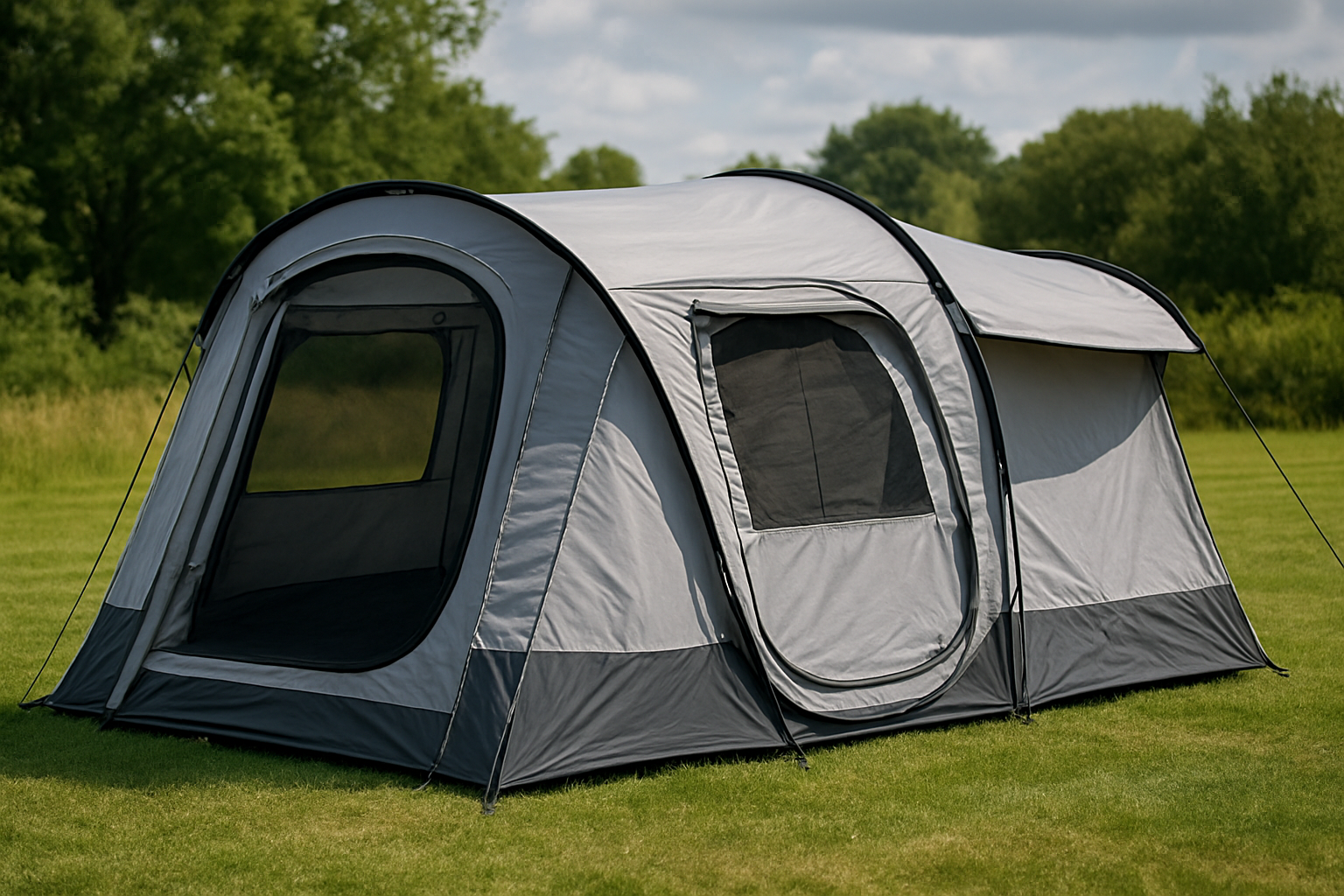
Capacity labels often assume 20–22 inches [inches (in)] per sleeper with zero gear, which is fine for emergency shelter and wishful thinking for family camping. For realistic space planning beyond manufacturer claims, use our tent size guide. Focus instead on floor area, peak height, door placement, and gear storage. A comfortable family layout gives each adult 25–28 inches [inches (in)] of width, a length of 84–90 inches [inches (in)] for taller campers, and at least two doors to cut midnight crawl-overs. Vertical walls in instant cabins feel bigger than domes of the same footprint, while domes shed wind better. Vestibules add sheltered gear space, and interior pockets tame headlamp clutter. Sleep-Ready Tents cross-references manufacturer dimensions with real measurements, because a tent that claims 6-person status on paper can feel like a game of human Tetris once pads and bags appear.
Space Planning Benchmarks for Comfort
| Use Case | Suggested Floor Area per Person | Peak Height | Doors/Vestibules |
|---|---|---|---|
| Backpacking (fast and light) | 18–20 sq ft [square feet (sq ft)] | 36–42 in [inches (in)] | 1 door, minimal vestibule |
| Weekend Car Camping (adults) | 22–26 sq ft [square feet (sq ft)] | 44–60 in [inches (in)] | 2 doors, 1–2 vestibules |
| Family Basecamp | 26–30 sq ft [square feet (sq ft)] | 72–84 in [inches (in)] (instant-cabin headroom) | 2 doors, large vestibule or screen room |
- Check true floor dimensions; tapered foot boxes can rob space.
- Favor two doors for groups; it halves nighttime disturbances.
- Look for roof loops to hang lanterns and dry damp socks off the floor.
- Elevate comfort with a footprint to protect the floor and sharpen pitch lines.
Quick-Setup Mechanisms: Pop-Up, Hub, and Instant-Cabin Compared
Mechanisms define the user experience. Classic pop-up discs are the kings of speed for festivals or fair-weather beaches, popping in 5–10 s [seconds (s)], but they pack like a giant frisbee and can sail in crosswinds if not fully staked. Hub domes use short poles that click into a central node; most campers hit a reliable 60–90 s [seconds (s)] setup with practice, enjoy better wind performance, and pack into manageable cylinders. Instant-cabin frames extend upright with a pull, giving room to stand, change, and play cards without neck cramps; set aside 90–120 s [seconds (s)] for setup plus another minute to stake and guy for real weather. Repair paths differ too: pop-up rings are harder to field-fix, hubs accept spare parts, and cabins often allow bolt-on replacements for legs and joints. See our instant and pop-up tent reviews for setup speed, weather resistance, and durability scores.
Quick-Setup Styles: What to Expect
| Style | Typical Setup Time | Wind Stability | Packed Size | Repairability | Best For |
|---|---|---|---|---|---|
| Pop-Up Disc | 5–10 s [seconds (s)] | Low to moderate; stake well | Large, flat disc | Difficult ring repairs | Festivals, beach days, quick overnights |
| Hub Dome | 60–90 s [seconds (s)] | Moderate to high with guylines | Medium cylinder | Good; replace hubs/poles | Mixed weather, car camping, light wind zones |
| Instant Cabin | 90–120 s [seconds (s)] + staking | Moderate; excellent interior space | Longer bag; heavier | Strong; bolt-on joints | Families, tall campers, basecamps |
Real-World Case Studies and Test Data: Picking the Right Model for You
Case 1: Two adults and a dog, spring in the Pacific Northwest. They choose a hub dome with a 2000 mm [millimeters (mm)] fly, 3000 mm [millimeters (mm)] floor, and two vestibules. In three wet weekends, airflow from dual high vents plus a 1-inch [inch (in)] fly gap kept interior relative humidity 10–15 percent lower than their previous single-door tent, verified with a simple humidity sensor. Setup averaged 80 s [seconds (s)], and the dome rode out 25 mph [miles per hour (mph)] gusts with two extra guylines. Their takeaway: slightly slower than a pure pop-up, but far drier and calmer when the weather turned moody.
Case 2: Family of four, midsummer road trip in open campgrounds. They pick an instant cabin with 78-inch [inches (in)] peak height, full-length zipper door, and shaded screen room. While wind exposure was higher, staking corners at 45 angles and running V-guy anchors to solid soil made the walls feel taut. The kids napped in shade with the fly vents propped, and mom could stand to dress. Setup from trunk-to-tucked averaged 6 min [minutes (min)] including footprint, stakes, and gear. Maintenance mattered: a spare joint kit and labeled poles turned a campsite oops into a 10-minute fix. Our review testing mirrors these decisions by logging setup times, wind notes, and comfort scores, then stacking them against material lifespans to project total cost of ownership over five seasons.
Buying Checklist, Care, and Eco-Friendly Choices
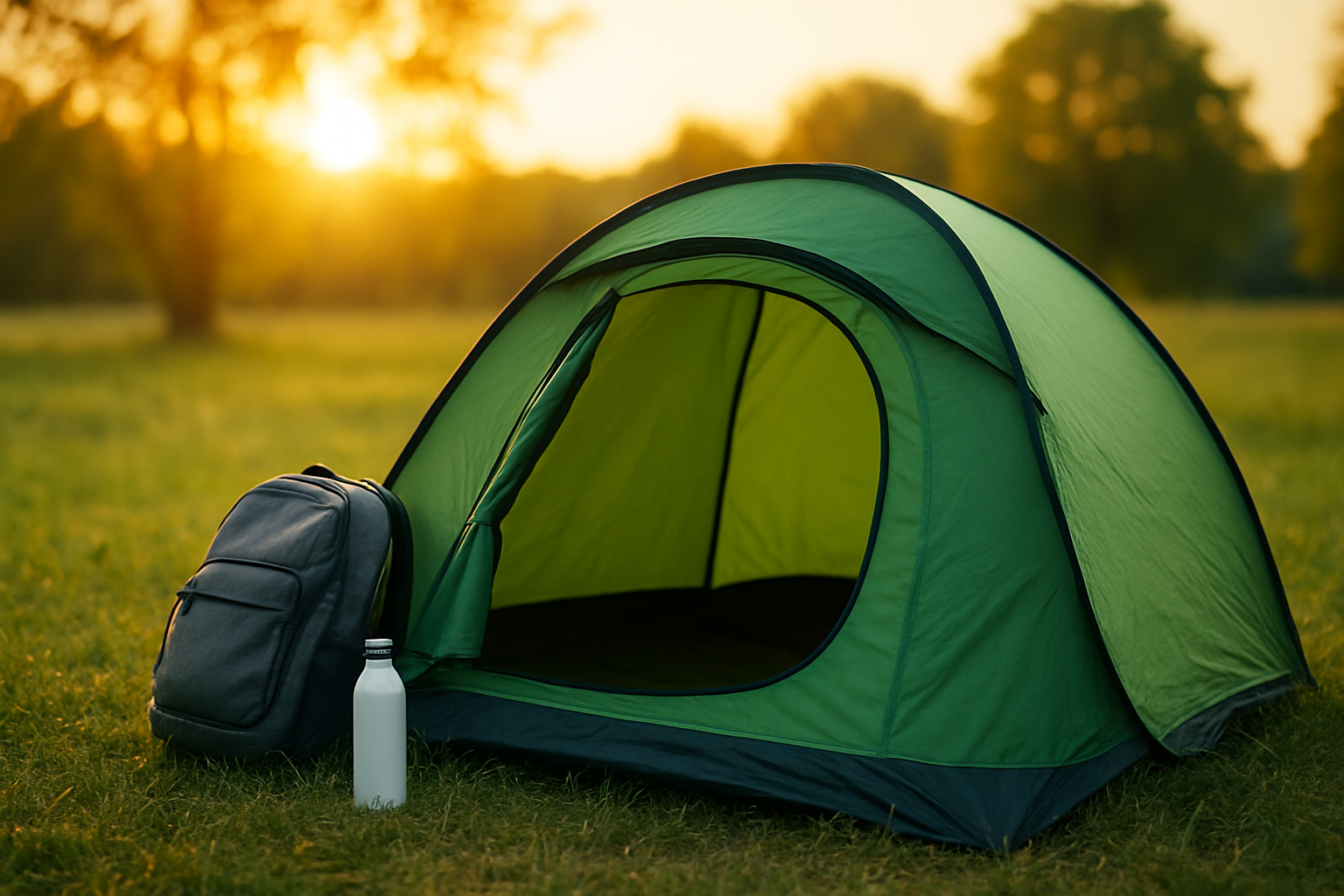
Smart buying starts with clarity. Define your most likely weather, the number of sleepers, and how much headroom makes camp feel welcoming rather than cramped. Next, match your pop out tent mechanism to your patience for staking and guying; faster is great, but stable is stress-free. Scrutinize fabrics and coatings, favoring PFC-free [perfluorinated chemicals (PFC)] water repellents where possible, and look for repairable parts like bolt-on joints and replaceable hubs. After purchase, longevity comes from habits: dry your tent fully before storage, reproof the fly when water stops beading, and carry a small repair kit with seam sealer, duct tape, and a splint for poles. Sleep-Ready Tents rounds up eco-friendly recommendations that still withstand storms, because sustainability should not mean soggy nights or short service life.
- Match mechanism to use: pop-up for speed, hub for balance, instant cabin for space.
- Target fly HH [hydrostatic head (HH)] of 2000 mm [millimeters (mm)]+ and floor 3000 mm [millimeters (mm)]+ for three-season car camping.
- Choose two doors and cross-venting for condensation control.
- Favor aluminum poles over fiberglass for frequent, windy trips.
- Confirm packed size fits your trunk, closet, or pack.
- Seek PFC-free [perfluorinated chemicals (PFC)] coatings and robust warranties with spare-part support.
Where Sleep-Ready Tents Helps: Evidence-Based Picks You Can Trust
Campers often struggle to find a reliable, comfortable shelter that manages condensation, pitches fast, and stays intact beyond the first season. Sleep-Ready Tents exists to shorten that learning curve with evidence-based tent reviews and buying guides that connect lab-style tests to trail realities. In our reviews, we time setups, measure interior climate with sensors, and evaluate rain protection with controlled spray durations and fabric tension checks, so you can see how a claim translates to a drier night. We also compare fabrics, coatings, and pole systems head-to-head, highlighting when a 68D [denier (D)] polyester fly with taped seams outperforms a lighter nylon in full sun, and when an aluminum frame is worth the extra dollars for gusty sites.
The outcome is practical and personal: data-backed comparisons and clear checklists that align with your camping style. Prefer instant cabins for family weekends? We flag models with better hub joints, stronger guy points, and ventilation that still works in rain. Love hub domes for shoulder-season trips? We pinpoint the ones that keep fly-to-mesh separation under tension and include vent hoods you can operate in gloves. Want eco-friendly but storm-worthy? We surface PFC-free [perfluorinated chemicals (PFC)] options that maintain water repellency and resist UV [ultraviolet] aging. By offering data-backed reviews, guides, and comparisons, Sleep-Ready Tents helps you choose confidently and sleep better, whether the forecast reads calm and starry or suddenly dramatic.
Sample Shortlist: Match Your Style to the Right Quick-Setup Design
To crystallize your choice, map your top priority to a mechanism and material set. If you value pure speed and pack space is generous, a pop-up disc with polyester 75D [denier (D)] and a 2000 mm [millimeters (mm)] fly works great for fair weather, quick overnights, and festivals. If you want one shelter for varied weekends, a hub dome with aluminum poles, dual doors, and a 3000 mm [millimeters (mm)] floor straddles speed and storm sense. If you are building a family basecamp, an instant cabin with near-vertical walls, ample mesh, and kick-stand vents supports card games, rainy breakfasts, and calmer bedtimes. Sleep-Ready Tents’ quick-setup evaluations spotlight which specific models nail these roles, backed by notes on repair kits, spare parts, and long-term cost per night of use.
Priority-to-Pick Matrix
| Your Priority | Recommended Mechanism | Key Specs to Seek | Why It Works |
|---|---|---|---|
| Fastest possible setup | Pop-up disc | Polyester 68–75D [denier (D)], 2000 mm [millimeters (mm)] fly, dual vents | Unbeatable speed; simple stake-out for fair weather |
| Balanced speed and weather | Hub dome | Aluminum poles, 2000–3000 mm [millimeters (mm)] fly, 2 doors | Better wind shedding; good packed size |
| Family comfort and headroom | Instant cabin | 72–84 in [inches (in)] peak, strong hubs, large vents | Stand-up space; easy living in camp |
| Eco-friendly durability | Hub or cabin with PFC-free [perfluorinated chemicals (PFC)] coatings | Reinforced guy points, taped seams, spare parts | Storm resilience without harmful chemicals |
One more expert tip before you buy: think in systems. A taut pitch transforms any quick-setup tent from “good enough” to “rock solid.” Pack eight to ten sturdy stakes, two extra guylines, and a simple pole splint; use a footprint cut just smaller than the floor to avoid channeling rain under the tent; and practice the fold or hub sequence at home once. These steps take minutes, yet they extend fabric life, stabilize frames in gusts, and keep condensation in check by preserving tension. It is the small routines that move your pop out tent from novelty to trusted home-away-from-home.
Wrap-up: With the right mechanism, materials, and airflow strategy, a quick-setup shelter can pitch fast, sleep dry, and survive rough weather. Imagine rolling into camp at twilight, clicking a few hubs, and hearing the quiet snap of guylines as your living space takes shape without drama. In the next 12 months, expect more tents to blend instant frames with smarter vent hoods and PFC-free [perfluorinated chemicals (PFC)] coatings that last longer between reproofing. What kind of nights do you want to design for, and which features will make your pop out tent feel like a place you can truly relax?
Additional Resources
Explore these authoritative resources to dive deeper into pop out tent.
Choose Faster, Sleep Better with Sleep-Ready Tents
By offering data-backed reviews, guides, and comparisons, Sleep-Ready Tents helps outdoor enthusiasts and family campers choose tents that match style, weather, and comfort needs.
Related Articles

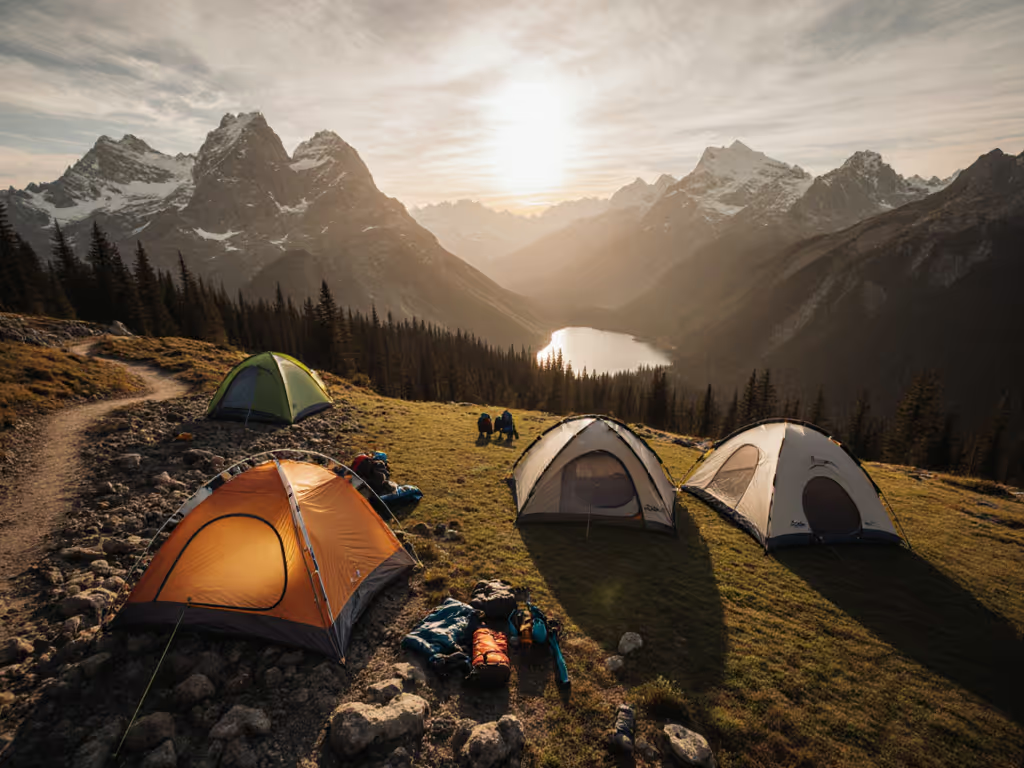
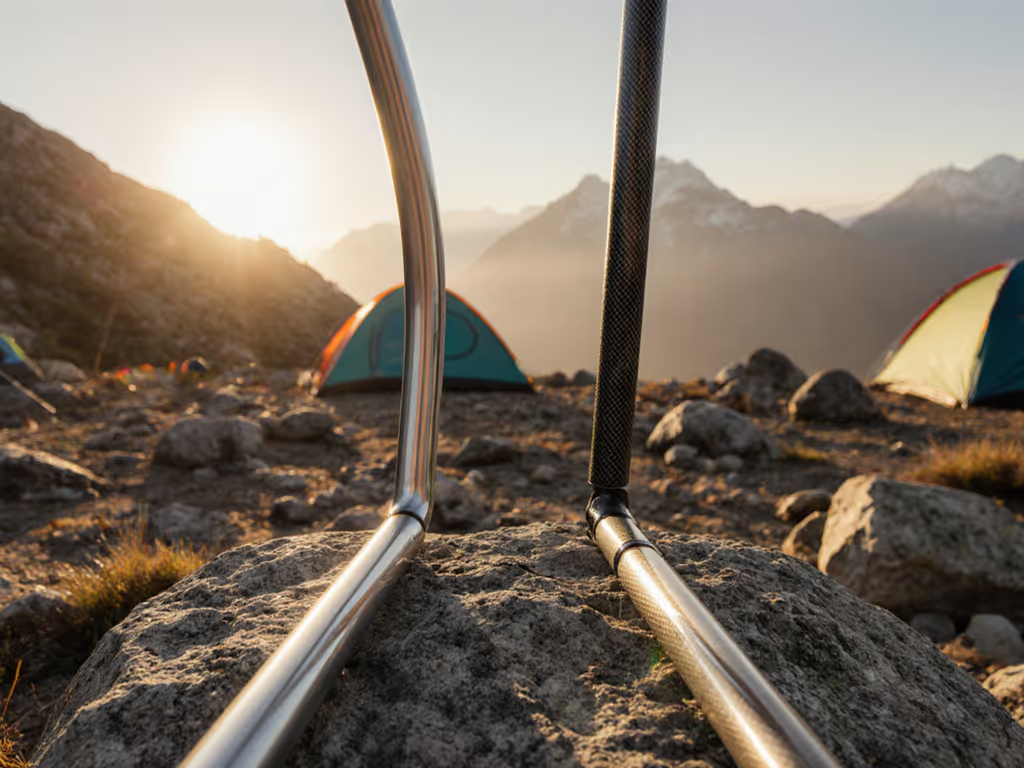
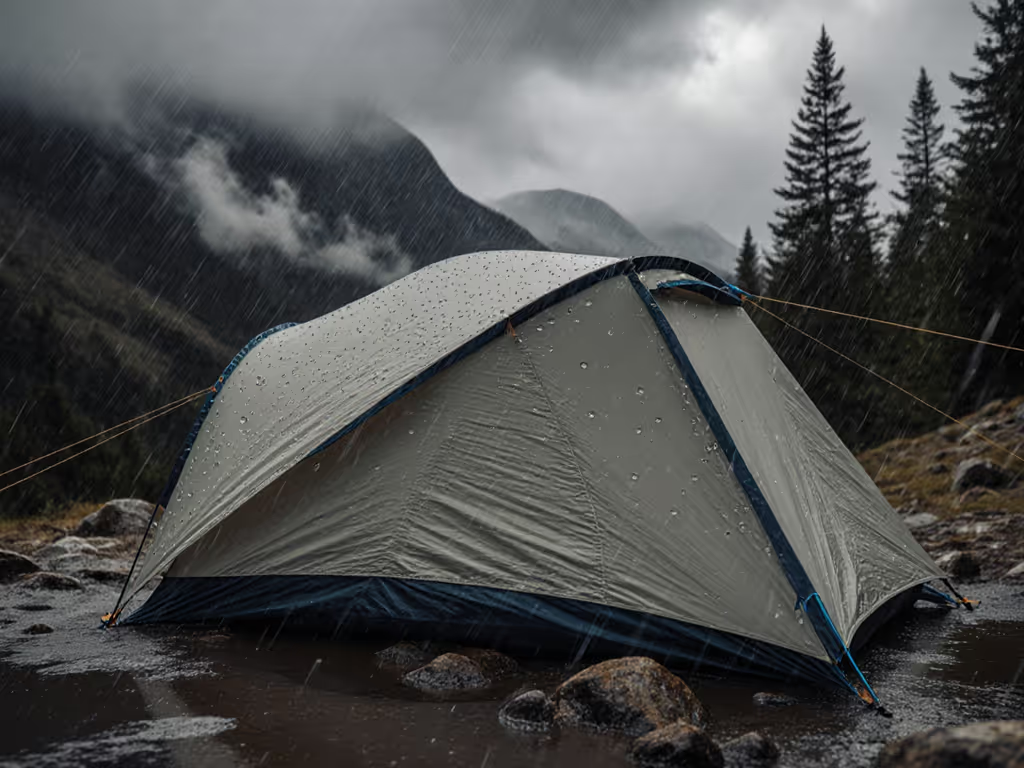
Tent Fabric Comparison: Metrics for Wind, Rain, and Longevity
Learn how nylon and polyester actually behave in storms - moisture expansion, tension retention, pole deflection, noise, and UV - so you can match fabric to your tent design and camping style for quieter, drier nights and longer-lasting gear.
